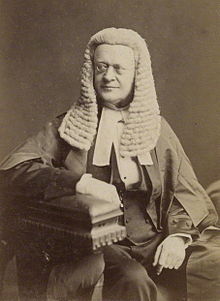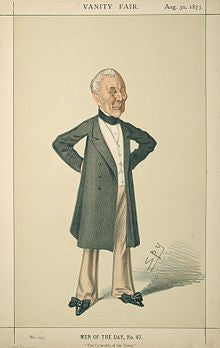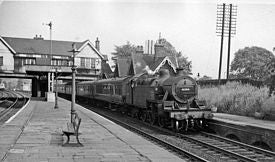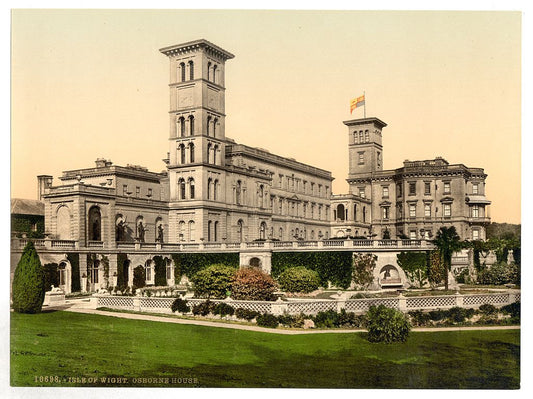OriginalAncestry Blog

Twitter and Facebook Giveaways!
OriginalAncestry is going to start something new! Twitter and Facebook followers and friends will have opportunities to win free pre-1900 documents from the OriginalAncestry inventory. In order to bring more...
Twitter and Facebook Giveaways!
OriginalAncestry is going to start something new! Twitter and Facebook followers and friends will have opportunities to win free pre-1900 documents from the OriginalAncestry inventory. In order to bring more...

OriginalAncestry Profiles
Sir William Bovill by Laura Foor Sir William Bovill was born in the year 1814. A well-known politician, lawyer, and judge, he also served as the Chief Justice of...
OriginalAncestry Profiles
Sir William Bovill by Laura Foor Sir William Bovill was born in the year 1814. A well-known politician, lawyer, and judge, he also served as the Chief Justice of...

OriginalAncestry Profiles
Sir William Maynard Gomm by Janet Meydam Some people are destined to rise from tragedy, living long, productive lives. Sir William Maynard Gomm was one of these people. Born in...
OriginalAncestry Profiles
Sir William Maynard Gomm by Janet Meydam Some people are destined to rise from tragedy, living long, productive lives. Sir William Maynard Gomm was one of these people. Born in...

OriginalAncestry Profiles
Leeds and Bradford Railway Company by Laura Foor The early 1800’s was a time when railways were just beginning to be built in the London area. Those who were involved...
OriginalAncestry Profiles
Leeds and Bradford Railway Company by Laura Foor The early 1800’s was a time when railways were just beginning to be built in the London area. Those who were involved...
Lost and Found
The goal of OriginalAncestry is to offer people a chance to own pieces of their family history as well as have access to information in private collections. How cool would...
Lost and Found
The goal of OriginalAncestry is to offer people a chance to own pieces of their family history as well as have access to information in private collections. How cool would...

OriginalAncestry Profiles
Lady Isabella Blachford by Janet Meydam Wealth and titles do not always mean lifelong security. Historically, women were especially at the mercy of their fathers and husbands when it came...
OriginalAncestry Profiles
Lady Isabella Blachford by Janet Meydam Wealth and titles do not always mean lifelong security. Historically, women were especially at the mercy of their fathers and husbands when it came...
